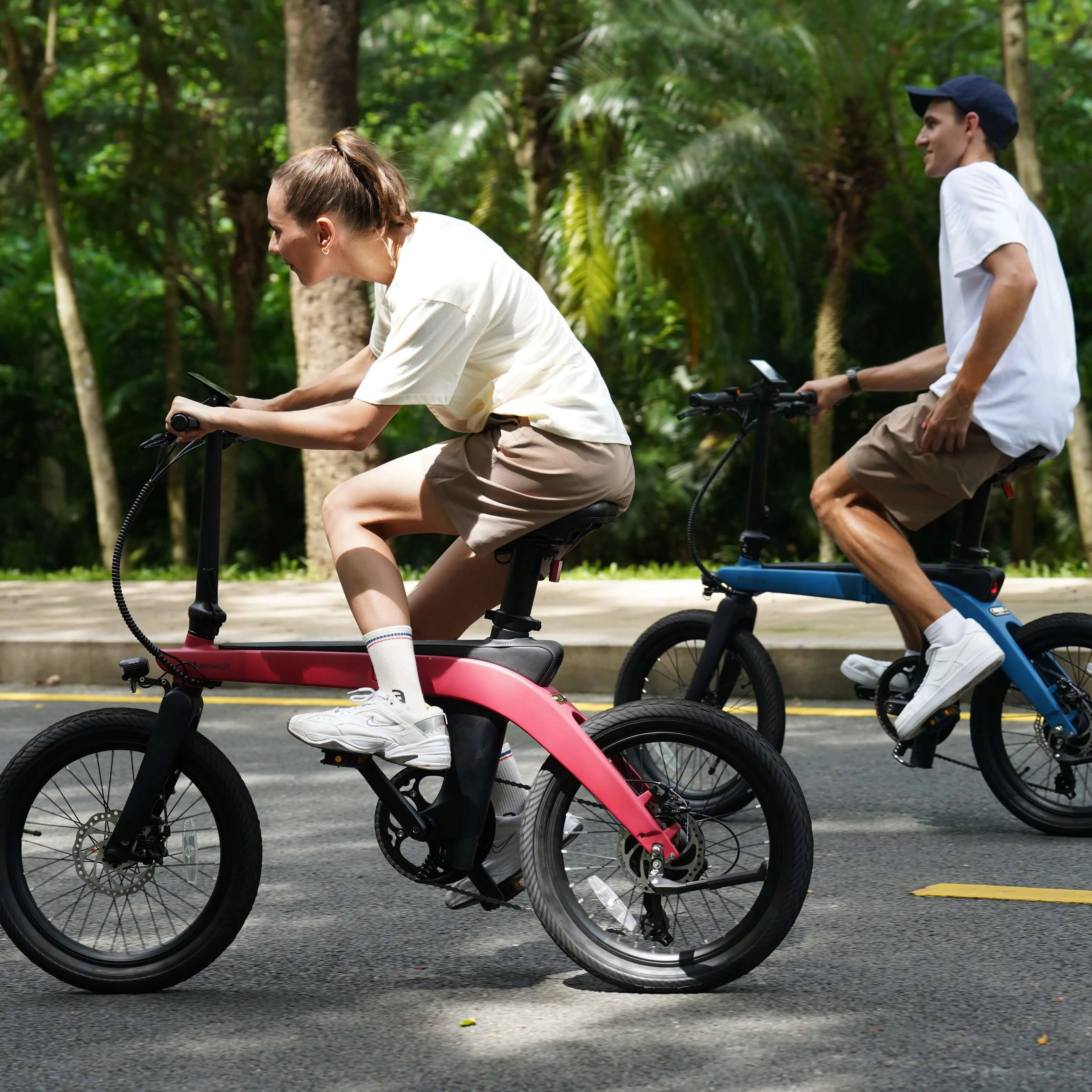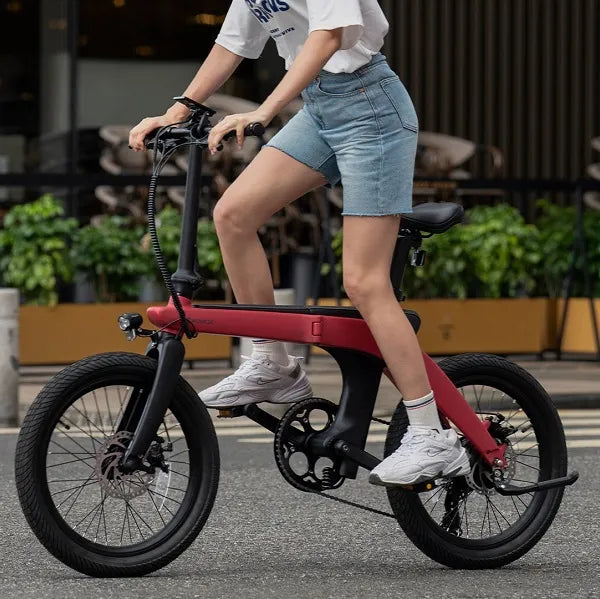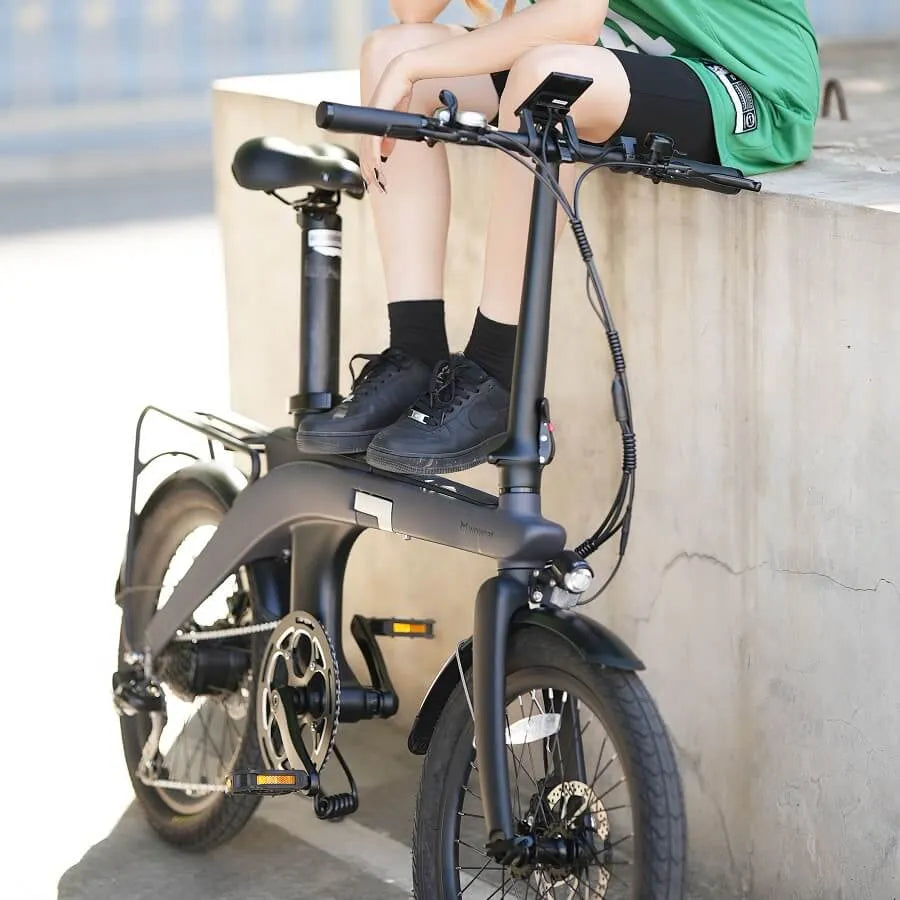While traditional bikes rely solely on the cyclist's pedaling effort to dictate speed, electric bikes introduce a different dynamic. Electric-assist bikes, commonly known as ebikes, deviate from the conventional bicycle model. Their purpose is to enhance pedaling ease and facilitate swifter movement with reduced exertion. Unlike traditional bikes, the speed of an electric bike is contingent on the wattage of its motor and the amount of current it draws from the battery.

This guide explores the factors influencing the speed of electric bikes, delves into the various types of ebikes available, and provides insights into the speed capabilities of each type. Let's delve into the details!
How Fast Do Electric Bikes Go
The speed capabilities of most electric bikes are determined by their wattage and the power drawn from the battery. On average, an ebike can achieve speeds of up to 20 mph, while some models are designed to reach even higher speeds, topping out at 28 mph.
Ebike enthusiasts commonly opt for motors with power ratings ranging from 250 to 350 watts. In Europe, ebikes are limited to a maximum of 250 watts, whereas in the United States, the legal limit extends to 750 watts. The wattage of your electric bike, combined with the terrain you traverse, plays a crucial role in determining its speed.
For instance, a 250-watt motor suits flat roads and short distances, while a higher-watt motor becomes more suitable for tackling steep hills or covering longer routes.
Beyond wattage, the combined weight of the rider and cargo can impact an electric bike's speed. Heavier riders may find it beneficial to choose a more powerful motor with a higher wattage rating to attain their desired speeds.
Classes of Electric Bikes
Class 1: 20 mph - Pedal-Assist Only
Class 1 electric bikes are equipped with a motor that engages solely when you commence pedaling. Falling into the pedal-assist category, these bikes demand active pedaling effort to initiate motion. Operating solely on electricity is not an option; pedal input is a prerequisite.
Under Class 1 classification, these electric bikes are capped at 20 mph, with a maximum motor wattage of 750W. Their efficiency allows for extended rides before requiring a recharge, making them an ideal choice for those seeking prolonged journeys.
Class 2: 20 mph - Pedal Assist and Throttle Functionality
Class 2 ebikes share the same speed limit of 20 mph. However, what sets them apart is the dual activation system. In Class 2, the drive system can be engaged either by pressing a button or utilizing a throttle typically located on the handlebars.
Class 2 ebikes, featuring both pedal assist and throttles, provide the flexibility to ride at a full electric speed of 15 mph or boost your speed up to 24 mph using pedal assistance. Widely embraced globally, Class 2 ebikes are advantageous for riders seeking an extra push during lengthy journeys, uphill climbs, or off-road adventures.
Class 3: 28 mph - Pedal-Assist Only
Class 3 electric bikes forgo throttles but compensate with more potent motors. Sporting a 750W motor, Class 3 ebikes enable speeds of up to 28 mph through pedal-assist alone.
Distinct regulations govern Class 3 ebikes due to their higher speeds. Restricted to riders aged 17 and above in recognition of their accelerated performance, some locations may impose additional requirements, such as a motor license, to operate a Class 3 electric bike.
Electric Fast Bike: How Fast Can you Legally Travel?
In the United States, the permissible speed for electric bikes is contingent upon their classification. In broad terms, Class 1 and 2 ebikes adhere to a 20 mph speed limit, while Class 3 ebikes can reach speeds of up to 28 mph. Importantly, these bikes are legally sanctioned for use in bike lanes.
When considering the legal speed limits for ebikes, it's crucial to recognize that these restrictions are in place for the safety of both riders and those in the vicinity. Prior to embarking on an electric bike journey, it is advisable to thoroughly review and adhere to local regulations. Additionally, for enhanced safety, always don protective gear.
It's important to acknowledge that manufacturers often rate their bikes under optimal testing conditions. Therefore, it's not uncommon for an ebike to achieve speeds lower than those specified on its label.
What Class is Right for You?
Electric bikes not only provide a swifter mode of transportation compared to traditional bicycles but also demand less exertion from the rider. With an electric bike, reaching your destination swiftly is effortless, allowing you to enjoy the journey without breaking a sweat. Additionally, you'll still enjoy the health and fitness advantages associated with cycling.
While your ebike may be designed for high speeds and extended travel, it's crucial to abide by the established rules and regulations. Adherence to legal speed limits based on your bike's classification is essential, and it's always advisable to wear safety gear to ensure your well-being.





